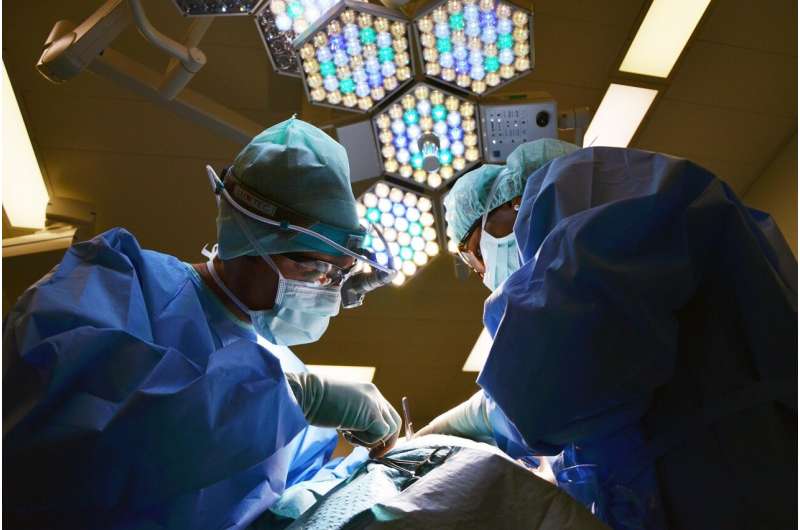Artificial Intelligence Models Successfully Interpret Mammograms Independently

AI models demonstrated high accuracy in interpreting mammograms for breast cancer detection, achieving performance close to that of radiologists. This breakthrough could enhance screening efficiency and diagnostic precision.
Recent advancements in artificial intelligence (AI) have demonstrated remarkable capabilities in the field of mammography. In a study published in the journal Radiology, algorithms developed for an AI Challenge hosted by the Radiological Society of North America (RSNA) exhibited high accuracy in detecting breast cancer from mammogram images. This competition, held in 2023, saw over 1,500 teams worldwide competing to develop AI models that could enhance breast cancer screening processes.
The primary aim of the RSNA Screening Mammography Breast Cancer Detection AI Challenge was to create automated systems that assist radiologists by improving detection sensitivity, reducing false negatives, and lowering unnecessary recalls. Participants sourced training data from open repositories, including datasets from Emory University in Atlanta, Georgia, and BreastScreen Victoria in Australia, encompassing around 11,000 mammograms.
The research team led by Prof. Yan Chen from the University of Nottingham evaluated 1,537 AI algorithms submitted during the challenge using a separate dataset of 10,830 mammogram exams, confirmed by biopsy results to be positive or negative for cancer. The results showed median specificity rates of 98.7%, indicating the algorithms' effectiveness in correctly identifying non-cancerous cases, and sensitivity rates of 27.6% for cancer detection. The overall recall rate was low at 1.7%. Interestingly, combining the top three and top ten algorithms increased detection sensitivity to 60.7% and 67.8%, respectively, highlighting the complementary nature of different AI models.
Prof. Chen explained that assembling an ensemble of top-performing models allowed AI to approach the performance level of an average radiologist in screening settings. The study also revealed variations in algorithm performance based on cancer types, imaging equipment, and clinical sites. Notably, invasive cancers were detected more effectively than non-invasive types.
Since many of these AI models are open source, their development and performance data are publicly accessible, promising significant implications for future clinical applications. The open resources could accelerate the refinement of AI tools, contributing to improved diagnostic accuracy, reduced healthcare costs, and better patient outcomes worldwide. The researchers plan to benchmark these top algorithms against commercial products on larger datasets. They are also exploring new testing strategies, such as smaller, targeted datasets, to further evaluate AI performance in real-world scenarios.
RSNA continues to host annual AI challenges, with the ongoing focus on applications like intracranial aneurysm detection. These initiatives are paving the way for AI integration into clinical practice, aiming to enhance the accuracy and efficiency of breast cancer screening and diagnostics.
Source: Medical Xpress
Stay Updated with Mia's Feed
Get the latest health & wellness insights delivered straight to your inbox.
Related Articles
Study Indicates Elevated Cancer Risks Among Surgeons
Harvard Medical School research uncovers that U.S. surgeons face more than twice the cancer mortality rate of nonsurgeon physicians, suggesting possible work-related health risks.
Early Immune Challenges and Their Impact on Oral and Systemic Health
Early immune challenges such as HIV exposure can disrupt the oral microbiome's stability, impacting both dental and systemic health in children. Discover key insights from recent research highlighting the importance of early immune system health.
Beyond Reflexes: The Spinal Cord’s Role in Shaping Sexual Behavior
Recent research reveals that the spinal cord actively participates in sexual behavior, influencing arousal and ejaculation in mammals, challenging traditional brain-centered models.
Genomic Testing Using Chromosomal Instability Predicts Non-Responders to Cancer Chemotherapy
A new genomic test analyzing chromosomal instability patterns can predict which cancer patients will not respond to standard chemotherapy drugs, paving the way for personalized treatment strategies.



